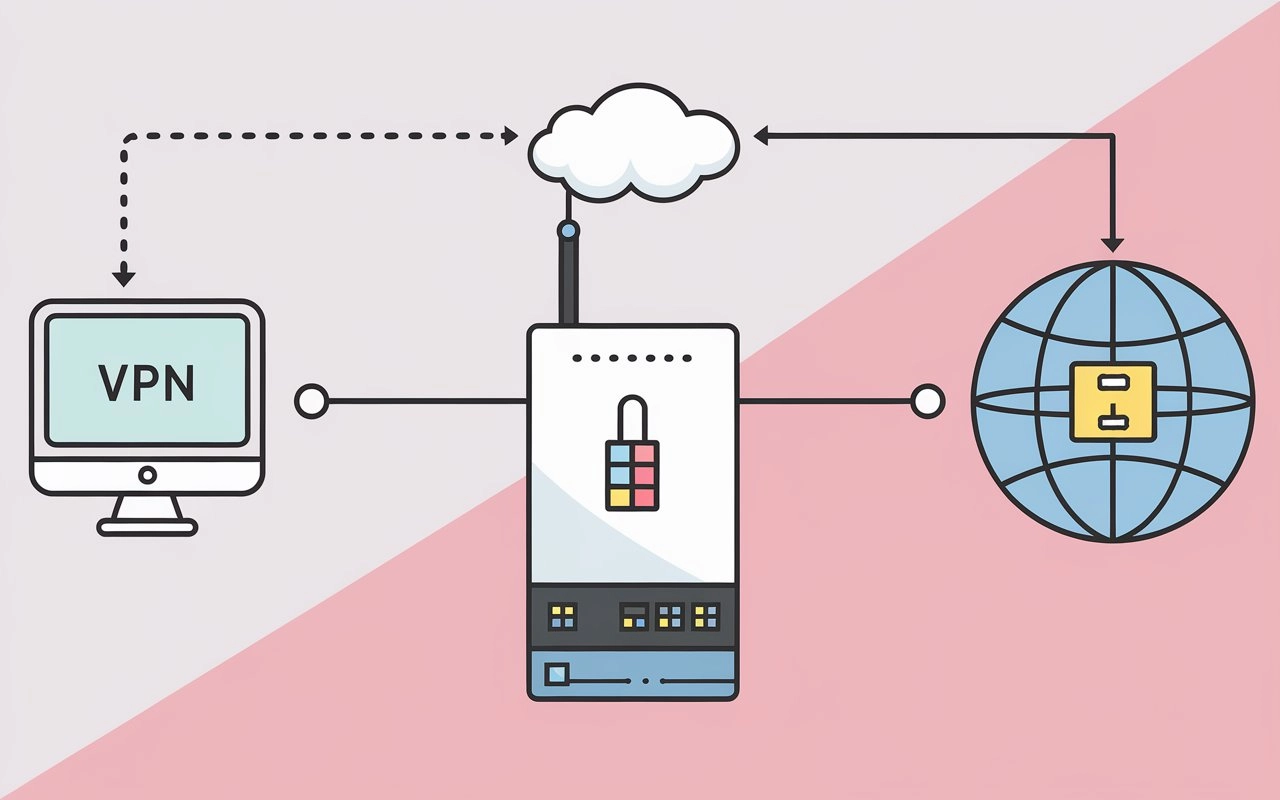VPN Name Resolution: How It Works and Why It's Important

In the field of network security, virtual private networks play a key role in ensuring secure data transmission. One of the important aspects of their work is the ability to effectively manage name resolution, which allows devices in VPN networks to correctly identify each other and exchange data. Let's take a closer look at how the name resolution process works in a VPN and why it's important to understand.
The Main Components of Name Resolution in a VPN
Name resolution is the process of converting a domain name into an IP-address. In the context of a VPN, name resolution is important for ensuring access to resources on and off the network. There are several name resolution methods that can be used in VPN connections:
- Name Resolution Policy Table (NRPT); The NRPT is a routing table that contains information on how to resolve (translate) names into IP addresses. The table is used to determine the path that packets should take through the network to reach their destination. Such a name resolution policy table provides information about the following process metrics: Priority — determines the order in which records in the table should be considered; Record Type — specifies which record should be used to resolve the name; Address — the IP address associated with the name; Subnet Mask — the subnet mask, which determines which part of the IP address is the network address and which is the host address; Time To Live (TTL) — the amount of time during which the record should be used.
- A DNS suffix is the portion of a domain name that is added to the end of a host name to fully identify it on the network. In the context of a VPN, a DNS suffix is used to resolve names of hosts that are inside a virtual private network. This allows users to access nodes by their names rather than IP addresses, which simplifies the process of interaction within the VPN. In addition, using a DNS suffix avoids name conflicts between nodes in different networks that may have the same name but different IP addresses. Thus, name resolution in a VPN using a DNS suffix is an important element for ensuring the secure and efficient operation of a virtual private network.
- WINS (Windows Internet Name Service) is a protocol used to resolve computer names to IP addresses in Windows networks. It allows devices in a VPN to exchange information and establish a connection using unique identifiers called NetBIOS names. Thanks to WINS resolution, VPN devices can communicate with each other even if they are on different networks or subnets. This increases the flexibility and ease of use of VPN, making it an indispensable tool for organizations and private users.
- Local records, which contain information about the names and addresses of nodes within the network. When a VPN device sends a request to a specific node, it first accesses the local record to find out its physical address. Then a connection is established between the devices and data is transferred.
In general, name resolution in VPN is an integral part of the network and helps ensure its efficient and secure operation. With this mechanism, users can easily exchange data and work in a virtual private network without worrying about the technical details of the process.
Configuring name resolution
Efficiently configuring name resolution in a VPN is critical to ensuring the security and stability of network connections. Proper configuration of name resolution components allows you to minimize potential problems and ensure the smooth operation of VPN networks.
Configuring name resolution in a VPN requires several steps:
- Define a list of names that you want to resolve in the VPN. These can be the names of devices, users, or resources that you want to access via the VPN.
- Create access rules for each name in the list. This can be done in the VPN server settings or on the device on which the VPN client is configured. The rules must specify which resources and which users or devices are allowed to access via the VPN.
- Check your VPN security settings. Make sure that only allowed names have access to the VPN and that all other connections are blocked.
- If necessary, configure DNS servers for the VPN. If you want the names of internal resources to be accessible via the VPN, you need to configure DNS servers for the VPN connection. This will allow your device to recognize the names of internal resources and establish a connection to them via the VPN.
- Test. After setting up name resolutions in the VPN, you need to test to make sure everything is working correctly. Try connecting to the VPN from different devices and check access to allowed resources.
It is important to remember that setting up name resolutions in the VPN is an important part of ensuring the safety and security of your network. Therefore, you should carefully consider the list of allowed names and access rules to minimize the risks of unauthorized access to your network via VPN. It is also recommended to regularly update and check the name resolution settings to ensure that they are relevant and effective.
Private VPN Server: Your Personal Security Specialist
Name resolution also plays an important role in ensuring the effective and secure operation of a private VPN server. Understanding and managing this process allows the user to optimize the network, ensuring a high level of data protection and privacy.
You can buy or rent a private VPN server on favorable terms on Private VPN server. Here you can familiarize yourself in detail with the various rental options, terms of offers, various payment methods, as well as get important information on the geographical distribution of servers and other aspects related to the VPN industry. Consider all these factors to find the best solution that best suits your needs.